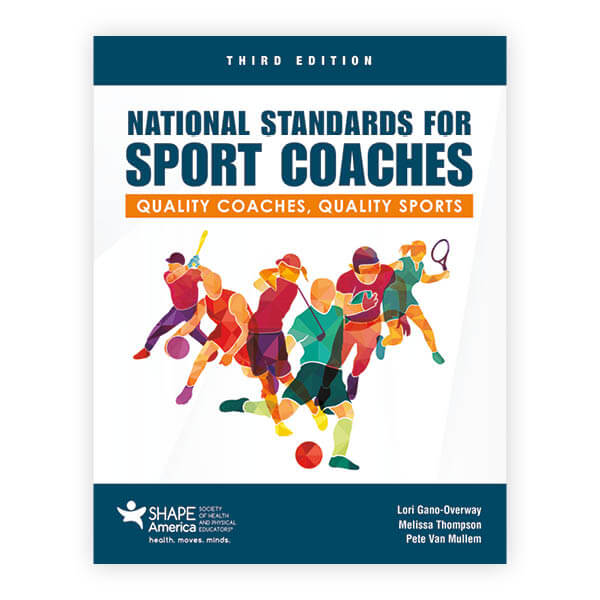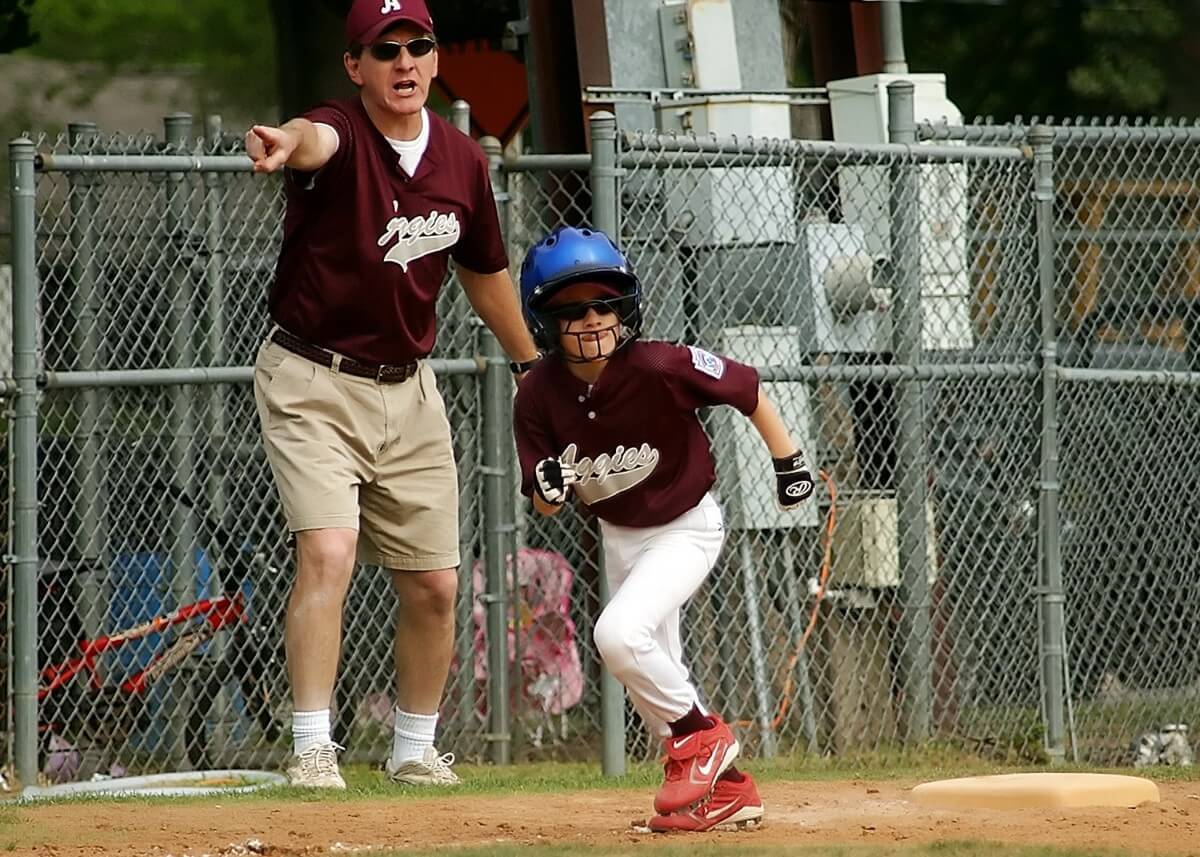
(2 Minute Read)
The profession of sport coaching not only requires the initial development of core coaching responsibilities (SHAPE America, 2019), but also engagement in lifelong learning to continue to develop coaching competencies over time (Gilbert, 2016). While there are varying approaches to coach learning (Cushion et al., 2010), coaches’ evaluation of their current practice can provide insight into what and how to improve. This article identifies three evaluative processes that may help coaches identify their coaching strengths and areas to target for further growth and development.
Evaluating Current Knowledge, Skills and Attitudes
One way for coaches to identify areas for professional growth is to determine how their current practice compares to the National Standards for Sport Coaches (NSSC). By reviewing the standards posted online, coaches can gain insight into areas of strength and weakness prompting coaches to seek learning opportunities for improvement. Additionally, coaches can benefit from self-evaluation tools that not only guide coaches to highlight their areas of strength but also direct them to learning materials when coaches identify an area in need of improvement (e.g., Coaching Practice Evaluation Tool).
Evaluating Current Practice
Another method coaches can use to develop their coaching practice is to evaluate the daily sport practice. This can take multiple forms. Rodrigue and Trudel (2018) described the importance of post-practice reflection as an opportunity to examine what is and is not working and reflect on how to improve future practice sessions. To help coaches more easily integrate this reflection into practice, they created reflection cards. The card includes the following components:
- A quick evaluation of athlete performance (e.g., effort, communication, technical/tactical skill progress)
- A quick evaluation of coach performance (e.g., observation, communication, feedback, judgment)
- A brief check on how the coach felt the session went and its impact on athletes
- A brief check on how the athletes performed and why they performed the way they did in practice
- Identify what athletes’ techniques and tactics were challenged
- Acknowledge whether or not the practice should be repeated in the future
- Record possible solutions and action plans to consider in future practices
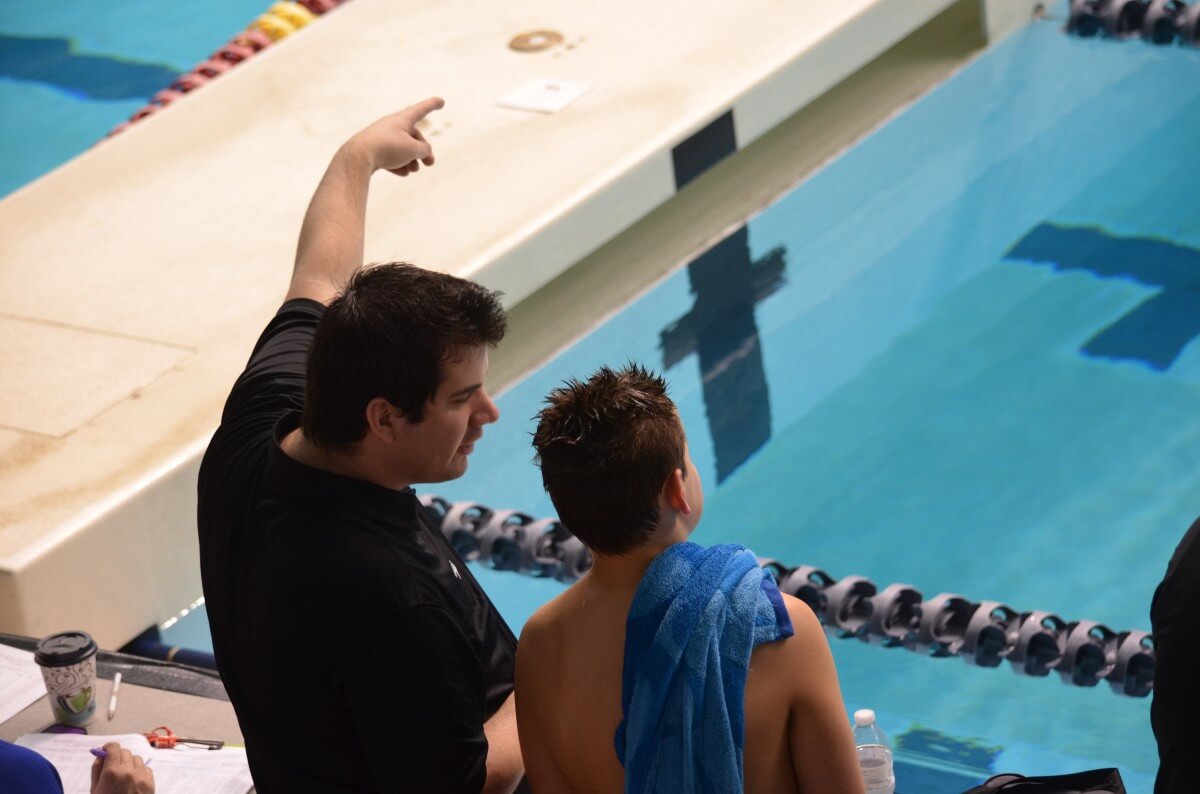
Another general option is for coaches to focus on a quick post-practice reflection asking the following three questions:
- What went well in today’s practice?
- What needs improvement?
- What action can be taken to improve the next practice or what innovation can be made in practice?
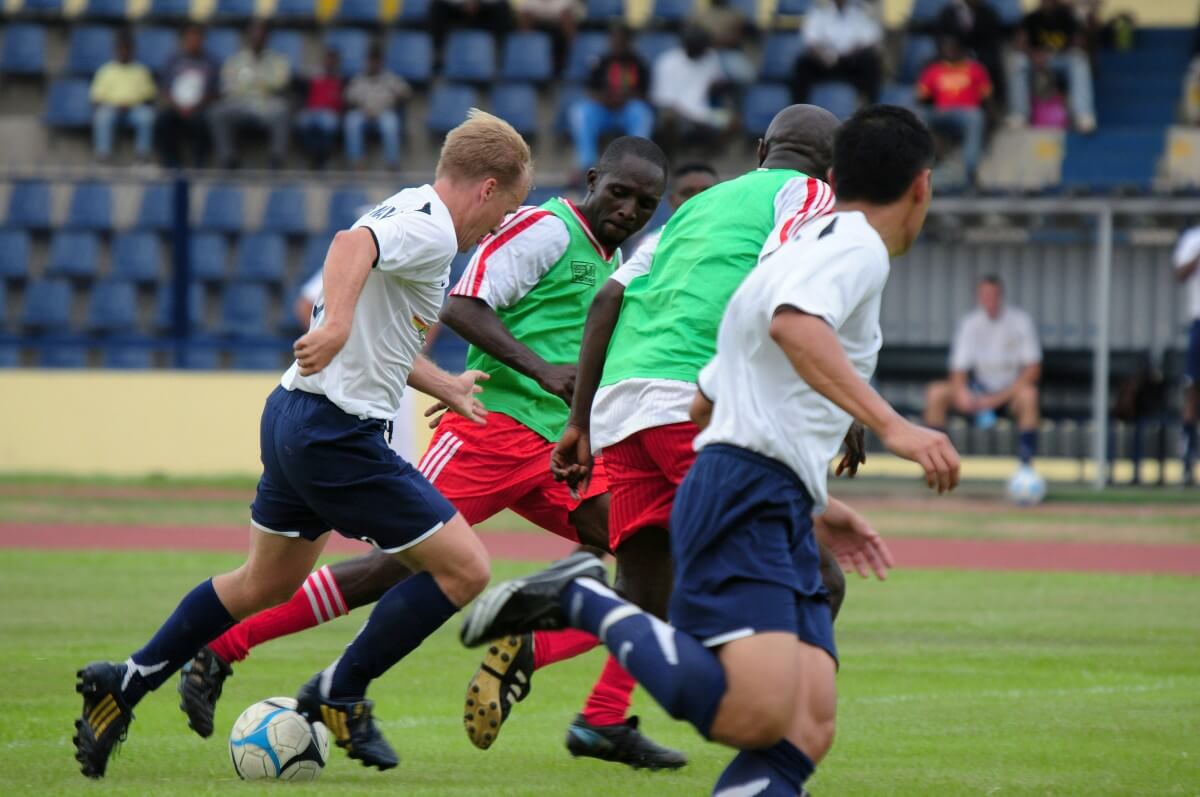
Finally, Gano-Overway, Thompson, and Van Mullem (2021) provided a practice observational tool coaches can use. Coaches would invite a peer coach or administrator to observe their practice using the evaluation tool to determine whether a coach demonstrated key practice skills including teaching developmentally appropriate techniques, providing positive and corrective feedback, providing instruction during practice, encouraging athlete decision-making, etc. Engaging in any of these methods provides coaches with information for not only improving daily practice sessions but also point to areas in which further knowledge and skill may be needed to improve future practices.
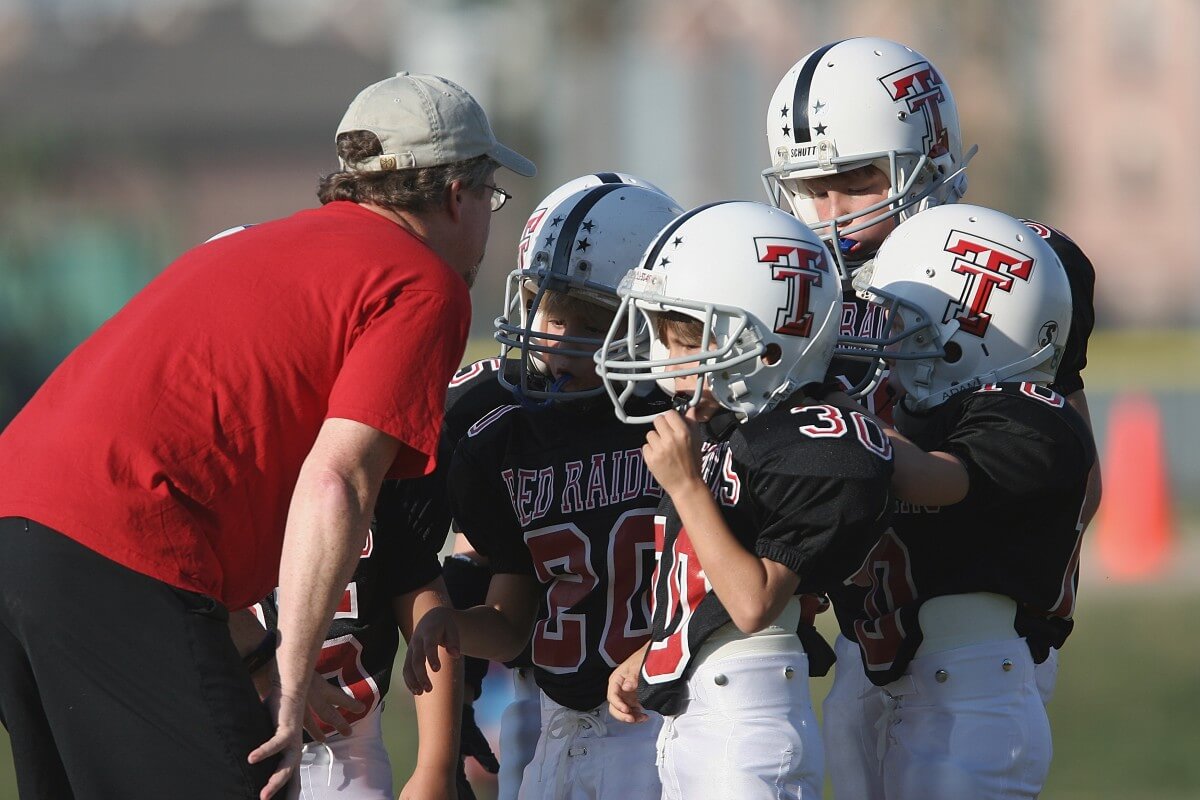
Evaluating the Season
Coaches can also identify opportunities for improvement by conducting an evaluation of their program at the end of the season. Coaches can begin this process by evaluating how the team did in achieving the goals set at the beginning of the season. Additionally, coaches can evaluate practice and game statistics to look at how the team performed over the course of the season as well as how individual athletes progressed over the course of the season in their conditioning, technical/tactical performance, mental skill performance, and life skill development. Further, coaches can gather information from athletes, parents, and coaching staff to identify high points and low points of the season as well as overall impressions of the season. All of this end-of-season feedback can help coaches identify areas for development in themselves, their coaching staff, and their athletes. While this process may seem daunting, Gilbert (2016) offers a variety of evaluation tools and guidance to assist coaches in assessing their season and working towards improvement over the years.
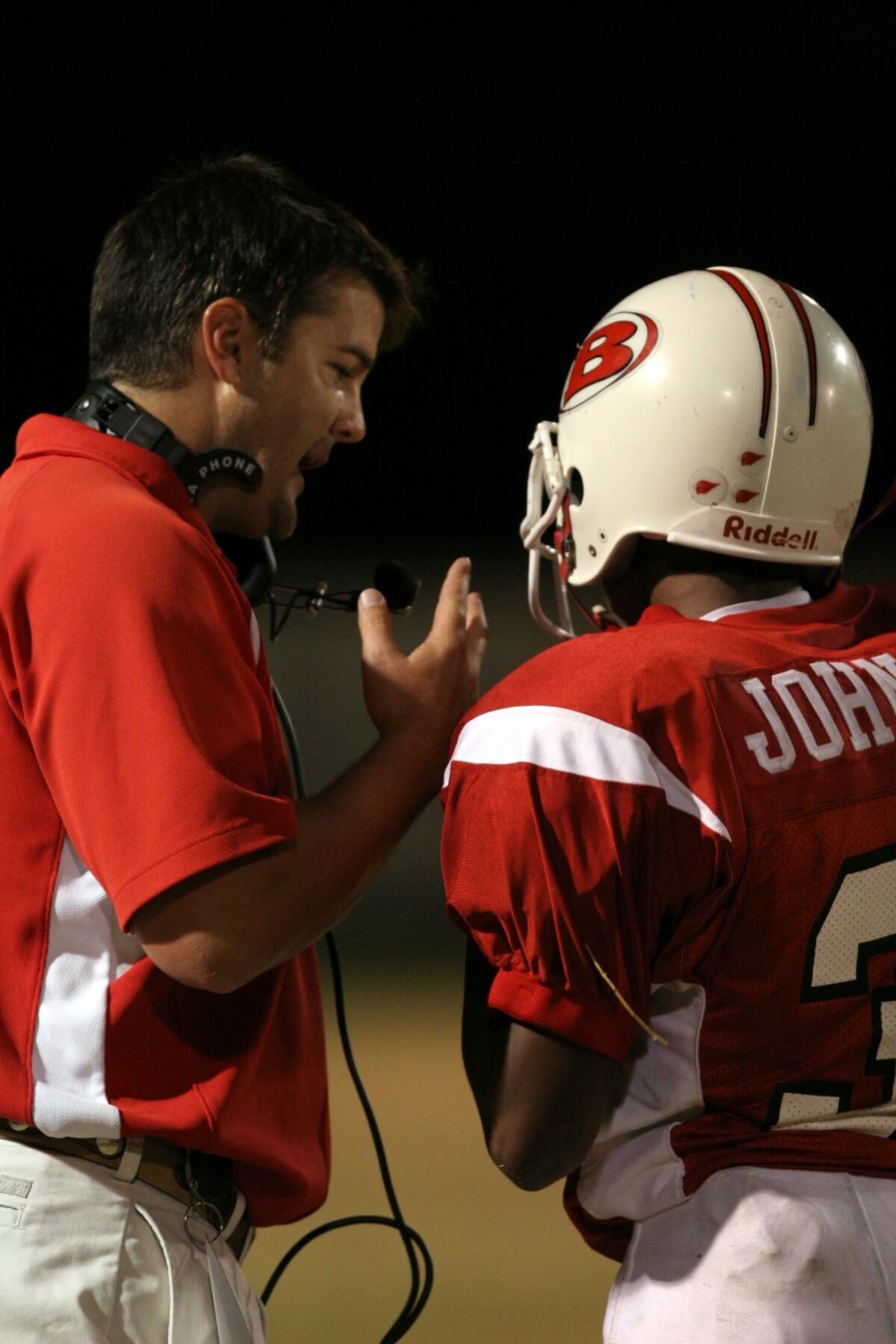
The profession of coaching is one of continuous learning. To assist in directing this learning in meaningful ways, coaches are encouraged to engage in some form of self-evaluation to identify areas for personal growth. An additional benefit of self-evaluation is it provides coaches an opportunity to celebrate their successes and see their own growth as a coach over time.
References
Cushion, C., Nelson, L., Armour, K., Lyle, J., Jones, R., Sandford, R., & O’Callaghan, C. (2010). Coach learning and development: A review of literature. Sports Coach UK.
Gano-Overway, L. (2021). Coaching Practice Evaluation Tool. https://ganoovla.wixsite.com/coachingpractice
Gano-Overway, L., Thompson, M., & Van Mullem, P. (2021). National Standards for Sport Coaches: Quality coaches, quality sports (3rd ed.). Jones and Bartlett Learning.
Gilbert, W. (2016). Coaching better every season: A year-round system for athlete development and program success. Human Kinetics.
Rodrigue, F., & Trudel, P. (2018). Reflective practice: A case study of a University football coach using reflective cards. LASE Journal of Sport Science, 9, 39 – 59. 10.2478/ljss-2018-0002
SHAPE America (2019). National standards for sport coaches. https://www.shapeamerica.org/standards/coaching/

